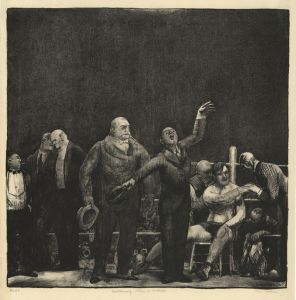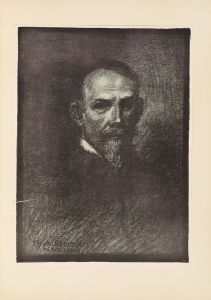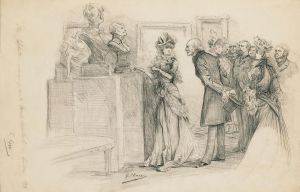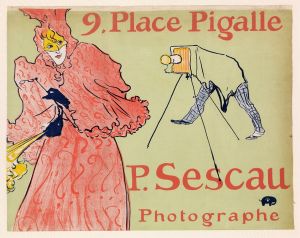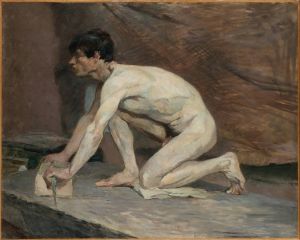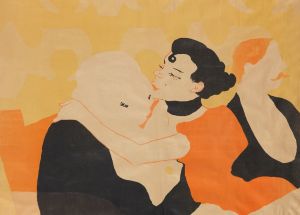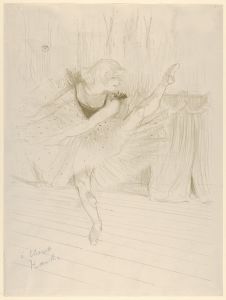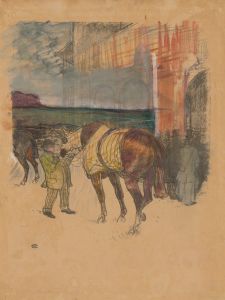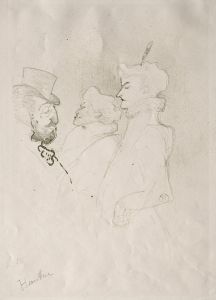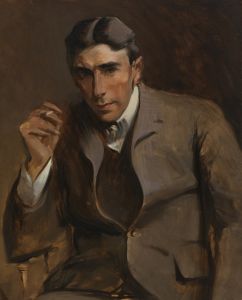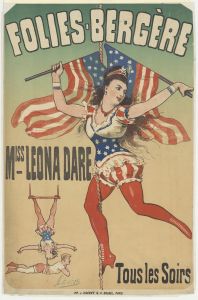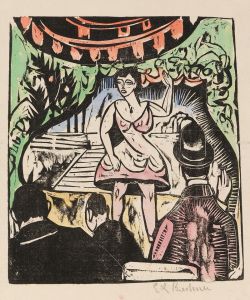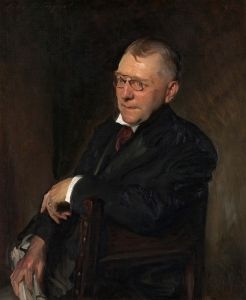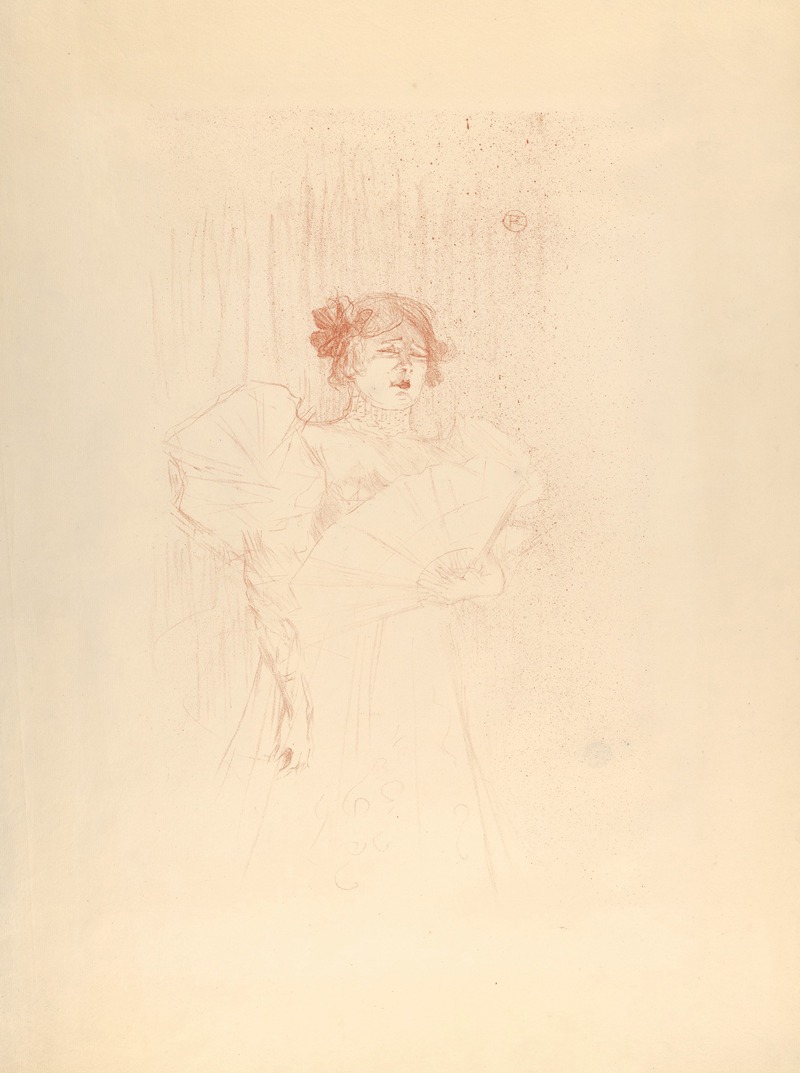
Luce Myrès
A hand-painted replica of Henri de Toulouse-Lautrec’s masterpiece Luce Myrès, meticulously crafted by professional artists to capture the true essence of the original. Each piece is created with museum-quality canvas and rare mineral pigments, carefully painted by experienced artists with delicate brushstrokes and rich, layered colors to perfectly recreate the texture of the original artwork. Unlike machine-printed reproductions, this hand-painted version brings the painting to life, infused with the artist’s emotions and skill in every stroke. Whether for personal collection or home decoration, it instantly elevates the artistic atmosphere of any space.
Henri de Toulouse-Lautrec, a prominent French painter, printmaker, and illustrator, is renowned for his depictions of Parisian nightlife in the late 19th century. While Toulouse-Lautrec created numerous portraits and scenes capturing the vibrant and often bohemian lifestyle of the time, there is limited specific information available on a work titled "Luce Myrès" by him.
Toulouse-Lautrec was born into an aristocratic family in 1864 in Albi, France. Despite suffering from health issues that stunted his growth and led to physical disabilities, he pursued an artistic career with determination. He moved to Paris in 1882, where he studied under prominent artists and immersed himself in the city's dynamic art scene. His work is characterized by its bold use of color, expressive lines, and keen observation of human behavior.
Throughout his career, Toulouse-Lautrec developed a distinctive style that combined elements of Impressionism and Post-Impressionism. He is best known for his posters and paintings that depict the lively atmosphere of Montmartre, a district in Paris famous for its cabarets, theaters, and dance halls. His works often featured performers, dancers, and patrons of these establishments, capturing the essence of Parisian nightlife with both humor and empathy.
One of Toulouse-Lautrec's most famous subjects was the Moulin Rouge, a cabaret that opened in 1889 and quickly became a symbol of the bohemian lifestyle. His posters for the Moulin Rouge and other venues helped to establish his reputation as a leading artist of his time. These works are celebrated for their innovative composition and ability to convey movement and emotion.
While Toulouse-Lautrec's oeuvre includes many portraits of individuals from various walks of life, specific information about a painting titled "Luce Myrès" is not readily available in historical records or major collections. It is possible that this title refers to a lesser-known work or a piece that has not been widely documented or exhibited.
Toulouse-Lautrec's legacy is marked by his ability to capture the spirit of an era and his influence on the development of modern art. His works are held in major museums around the world, including the Musée d'Orsay in Paris and the Museum of Modern Art in New York. Despite his relatively short life—he died at the age of 36 in 1901—Toulouse-Lautrec left an indelible mark on the art world, and his paintings continue to be celebrated for their originality and insight into the human condition.
In summary, while Henri de Toulouse-Lautrec is a well-documented artist with a significant body of work, specific details about a painting titled "Luce Myrès" are not available in existing historical records or major art collections. Toulouse-Lautrec's contributions to art, particularly his depictions of Parisian nightlife, remain influential and widely appreciated.





